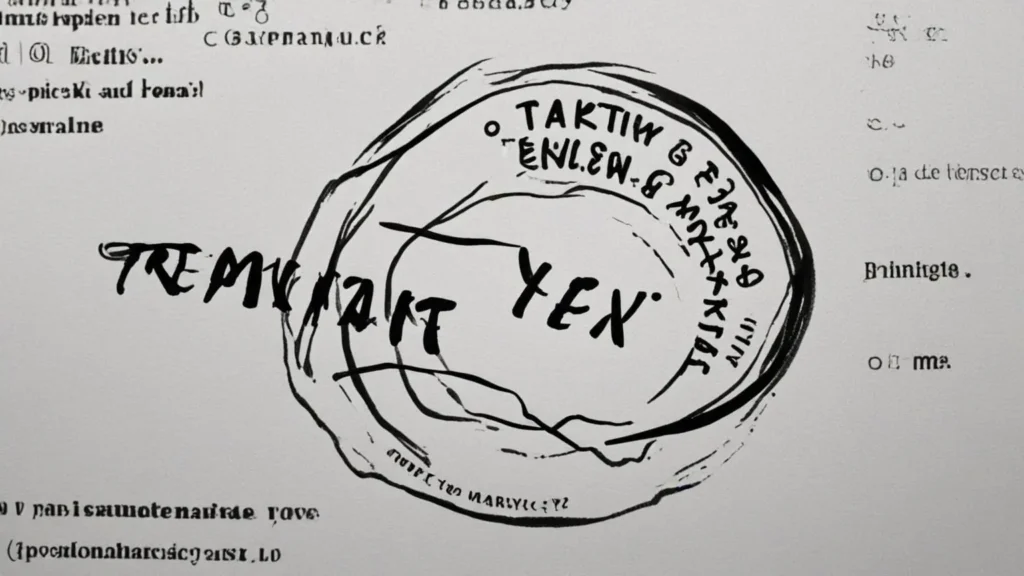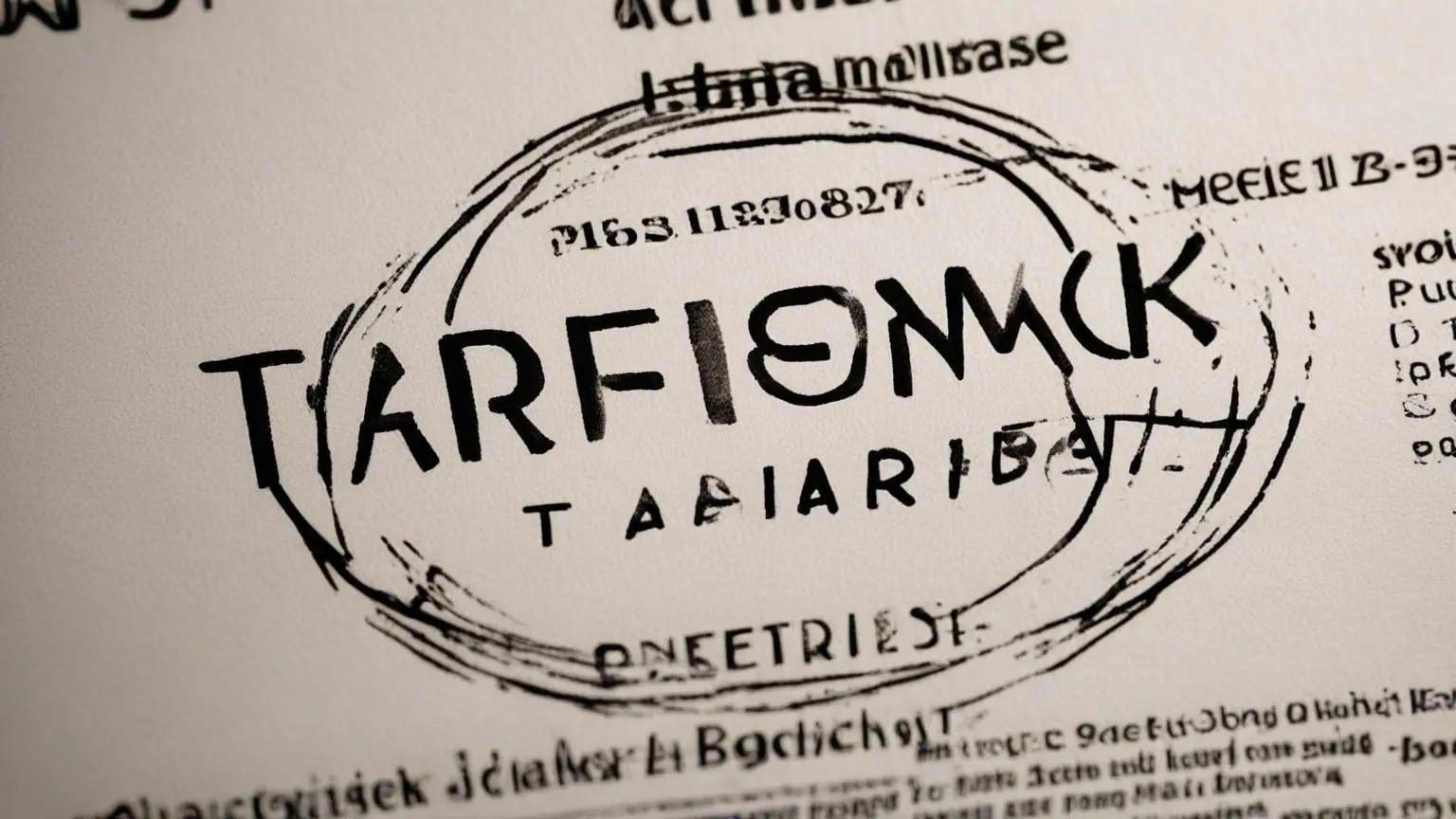Trademarks play a vital role in the business world by protecting brand identity and ensuring that consumers can distinguish between different products and services. A trademark is a recognizable sign, design, or expression that identifies products or services of a particular source from those of others. This article explores the basics of trademarks, including the different types, criteria for qualification, common trademarks, and what cannot be trademarked.
What are the 5 Types of Trademarks?
Trademarks can be categorized into several types, each serving a different purpose in protecting various elements of a brand. Here are the five primary types of trademarks:
Product Marks
Product marks are trademarks that are affixed to goods and products. They help identify the source of a particular product and distinguish it from others in the market.
- Example: The Apple logo on Apple products like iPhones and MacBooks is a product mark that signifies the brand’s ownership and quality.
Service Marks
Service marks are similar to product marks, but they are used to identify and distinguish the source of a service rather than a product.
- Example: The FedEx logo is a service mark that represents the company’s courier and delivery services.
Collective Marks
Collective marks are used by members of a collective group, organization, or association to indicate membership and distinguish goods or services provided by its members.
- Example: The CPA (Certified Public Accountant) designation is a collective mark used by members of the American Institute of Certified Public Accountants.
Certification Marks
Certification marks are used to certify the origin, material, quality, or other characteristics of goods or services. These marks are often used by authorized organizations to certify products or services that meet specific standards.
- Example: The USDA Organic seal is a certification mark indicating that a product meets the organic standards set by the United States Department of Agriculture.
Trade Dress
Trade dress refers to the visual appearance of a product or its packaging that signifies the source of the product to consumers. It includes the design, shape, color, and overall look and feel of a product.
- Example: The distinctive shape of the Coca-Cola bottle is an example of trade dress that helps consumers identify the brand.
What are the 3 Criteria That Must Be Met to Qualify for a Trademark?

For a trademark to be registered, it must meet certain criteria. These criteria ensure that the mark is distinctive and capable of identifying and distinguishing the source of goods or services. Here are the three essential criteria:
Distinctiveness
A trademark must be distinctive, meaning it must be capable of identifying the source of a particular good or service. Distinctiveness can be inherent or acquired through use.
- Inherently Distinctive: Trademarks that are unique and immediately recognizable as a source identifier. These include fanciful, arbitrary, and suggestive marks.
- Fanciful Marks: Completely made-up terms (e.g., Kodak).
- Arbitrary Marks: Common words used in an unrelated context (e.g., Apple for computers).
- Suggestive Marks: Indirectly suggest a quality or characteristic of the product (e.g., Netflix for a streaming service).
- Fanciful Marks: Completely made-up terms (e.g., Kodak).
- Acquired Distinctiveness: Marks that are not inherently distinctive but have become distinctive through extensive use in the market. These include descriptive marks that have gained secondary meaning.
Non-Descriptive
A trademark must not be merely descriptive of the goods or services it represents. Descriptive marks directly describe a feature, quality, or characteristic of the product or service and are generally not registrable unless they have acquired distinctiveness.
- Example: “Cold and Creamy” for ice cream would be considered merely descriptive and not registrable unless it has gained secondary meaning in the market.
Non-Deceptive and Non-Conflicting
A trademark must not be deceptive, meaning it should not mislead consumers about the nature, quality, or origin of the goods or services. Additionally, a trademark must not conflict with existing trademarks. It should not be too similar to an already registered mark or a well-known unregistered mark.
- Deceptive Marks: Marks that falsely suggest a connection with a person, institution, belief, or nationality that can mislead consumers.
- Conflict with Existing Marks: The mark must be unique enough to avoid confusion with other registered trademarks.
What are the 3 Most Common Trademarks?
While there are various types of trademarks, some forms are more commonly used than others. The three most common trademarks include:
Word Marks
Word marks consist of letters, words, numbers, or any combination thereof. They are used to identify the brand name or product name and are often the most straightforward and recognizable form of trademarks.
- Example: “Google” as a word mark represents the brand name of the tech giant.
Design Marks
Design marks, also known as logos, include visual elements such as graphics, symbols, or stylized text. These marks are used to create a visual identity for a brand and are often combined with word marks to form a comprehensive brand identity.
- Example: The Nike “Swoosh” logo is a design mark that is instantly recognizable.
Combined Marks
Combined marks include both words and designs, providing a more comprehensive representation of the brand. This type often combines the strengths of both word and design marks, making it easier for consumers to identify and remember the brand.
- Example: The McDonald’s logo, which includes the iconic golden arches and the brand name, is a combined mark.
What Are You Not Allowed to Trademark?

While trademarks can protect various elements of a brand, there are certain limitations and restrictions on what can be trademarked. Here are some key aspects that cannot be trademarked:
Generic Terms
Generic terms refer to common names or terms that are widely used to describe a type of product or service. These terms cannot be trademarked because they do not serve to identify the source of the goods or services.
- Example: The word “Computer” cannot be trademarked for computer-related products because it is a generic term for the category.
Descriptive Terms Without Secondary Meaning
Descriptive terms that directly describe a feature, quality, or characteristic of the goods or services cannot be trademarked unless they have acquired distinctiveness through extensive use and recognition in the market.
- Example: “Fresh Bread” for a bakery cannot be trademarked unless it has gained secondary meaning.
Deceptive Marks
Marks that are misleading or deceptive about the nature, quality, or origin of the goods or services are not allowed. Deceptive marks can create false impressions and are therefore not eligible for trademark protection.
- Example: A mark suggesting that a product is made of gold when it is not would be considered deceptive.
Functional Features
Functional aspects of a product, such as its utilitarian shape, cannot be trademarked. Trademark protection is intended for identifying the source of goods or services, not for providing exclusive rights to functional features.
- Example: The shape of a screwdriver handle that is designed for better grip cannot be trademarked as it serves a functional purpose.
Scandalous or Immoral Marks
Marks that are deemed offensive, scandalous, or immoral are not allowed for trademark registration. This includes marks that contain obscene language, hate speech, or other inappropriate content.
- Example: A mark containing vulgar language or offensive symbols would be refused registration.
Conclusion
Trademarks are essential tools for protecting brand identity and ensuring that consumers can distinguish between different products and services. Understanding the basics of trademarks, including the different types, criteria for qualification, common trademarks, and restrictions, is crucial for businesses looking to safeguard their intellectual property.

